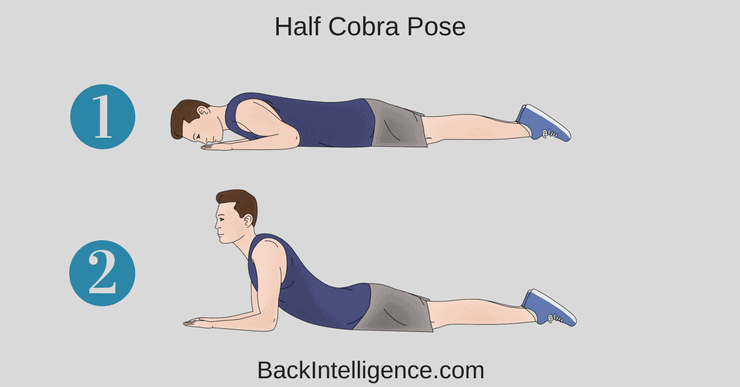
Your instructor will likely be focusing on exercises to help maintain the mobility of your spine after surgery and at the same time build core strength which supports the back.
#Pilates moves for bulging disc full
Full body integration exercises (within pain free range) are essential in keeping all parts of the body mobile and strong, ensuring load is spread evenly across the spine as well as allow for more efficient and effective movement patterns. Pilates, with some modifications, will make the exercises more accessible in the beginning. Can I do Pilates after a low back surgery?Īfter your session with the Physiotherapist, who would have addressed the discomforts you are facing post surgery, you will need to get stronger and more mobile.

Your Physiotherapist would have worked with you to address the tightness in your low back. Don’t expect your body not to put up a fight! They respond by causing the muscles to tighten up and go into a slight spasm to protect the area from further ‘damage’.
#Pilates moves for bulging disc skin
A surgeon has breached the skin and muscles in your low back. Wait, what did you just say?! I just did a surgery to reduce the pain and now you’re saying there might be pain?! You’re right. Low back pain after a spine surgery is expected. What are the musculoskeletal side effects after a low back surgery? Also known to be a low impact exercise yet strong, few repetitions are needed to feel the work done as you focus on the quality of movement. It is then with this breath that the Pilates exercises are performed mindfully to help improve posture, flexibility as well as building core strength. What happens in your core affects the rest of your body.īreathing properly is one of the first things you will learn during Pilates as this will support the right activation of muscles as well as spinal movement. With the core, besides the stomach area, we are also talking about your sides, your back and your hips.

Pilates focuses more on muscle tone than building muscles and it specifically focuses on your core.

Depending on the exercise, Pilates routines can be performed on specially-designed apparatuses, including a bed-like structure called a reformer, or on a mat. Some of the principles that guide the Pilates method include concentration on each movement, use of the abdomen and low back muscles, that are precise and a steady and controlled breathing. Our muscles get imbalanced because of overuse and what Pilates does is help to counteract that. Over time, though, it became clear that the average person could benefit from this form of exercise. Pilates is a form of exercise and body conditioning developed by Joseph Pilates in the early 20th century, during his stint as a nurse in World War I where he experimented attaching springs to hospital beds in order for the injured soldiers to still maintain muscle tone while in bed.


 0 kommentar(er)
0 kommentar(er)
